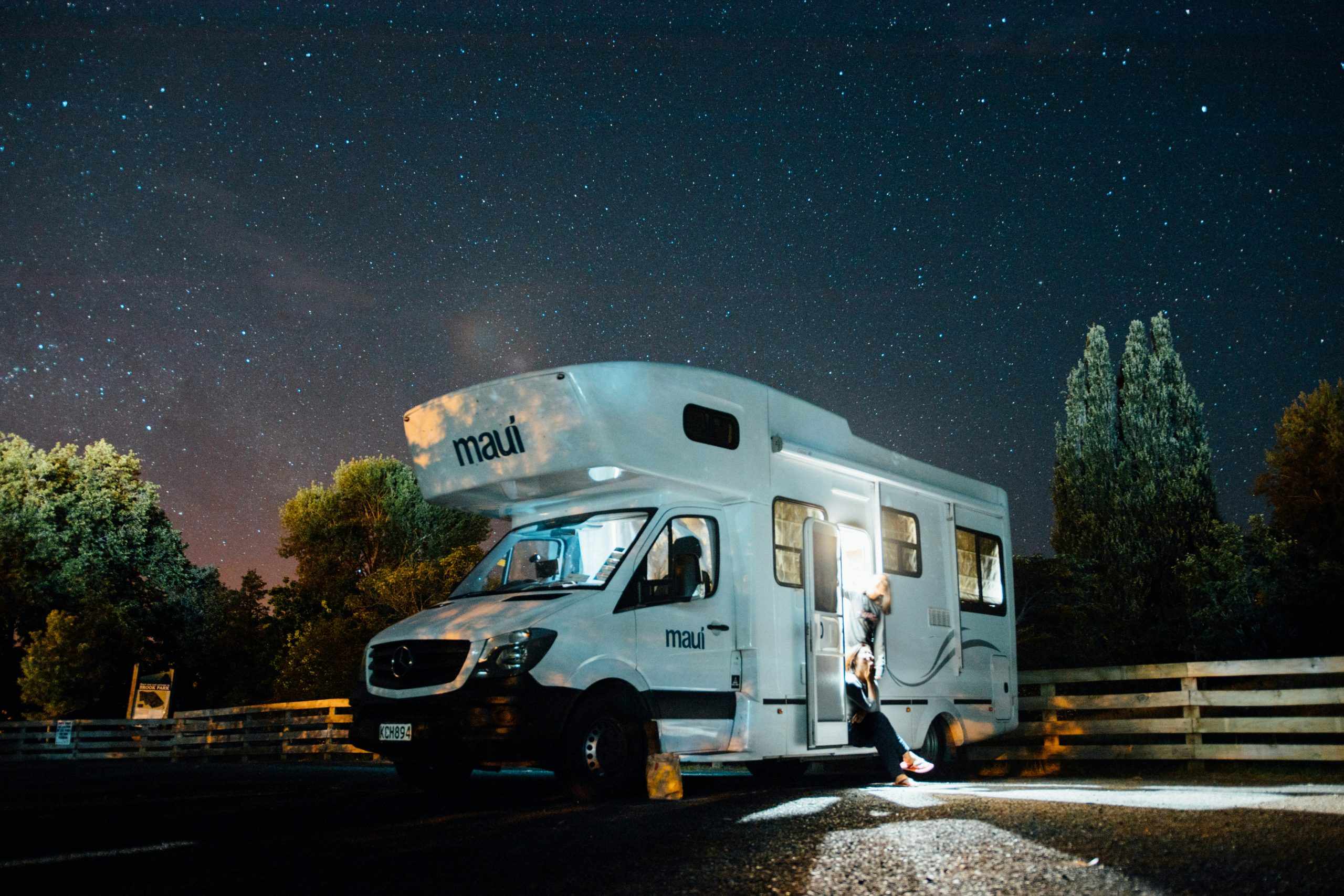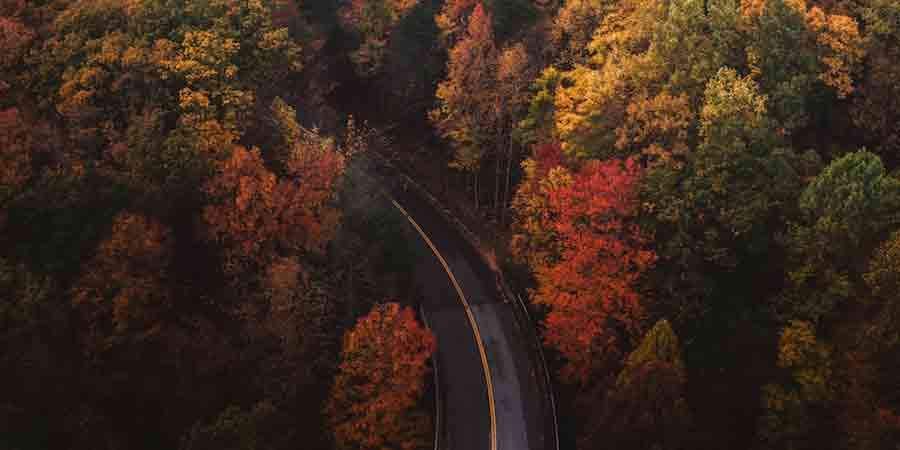Maybe you felt it in the air this morning? I sure did.
The evening before had been baked warm by the scorching daytime temperatures Denver sometimes gets in September. The thin air and the short days cause the nights to cool off. Next thing I know, I’m waking up at dawn with all the windows in my house open and morning air with a noticeable chill to it. I had to wear socks around my kitchen as I cracked eggs in the pan and made coffee. The list on the refrigerator had a new chore on it: Change the furnace filter.
Winter is coming. First things first, though: Autumn.
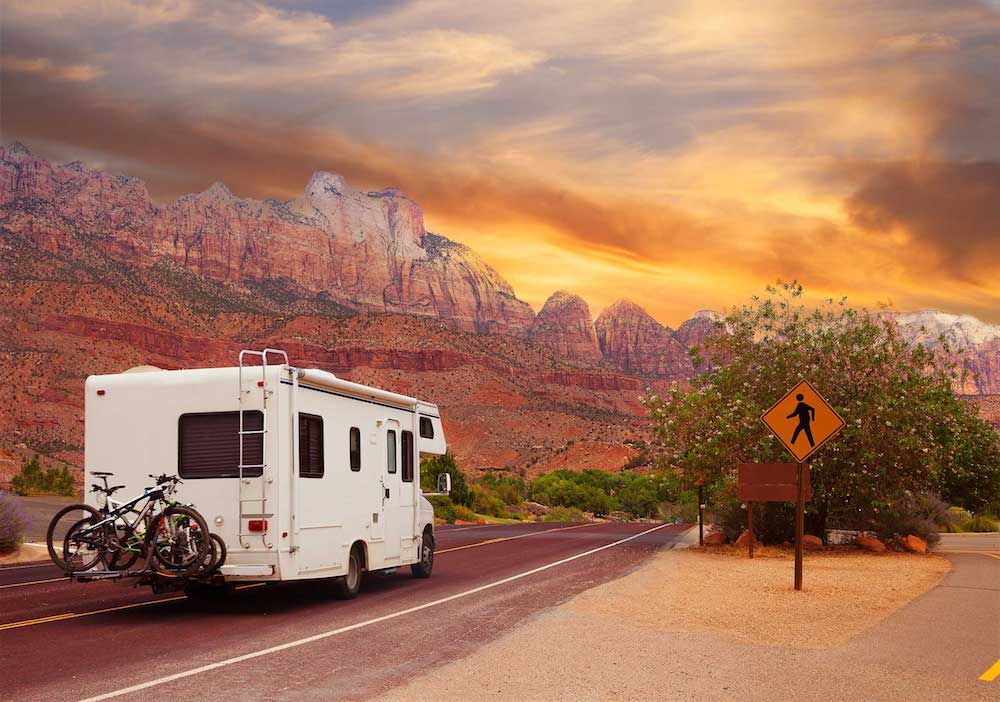
As I start to prepare my home for the cold months of the year, the mountainsides are beginning to prepare for their slumber. Acres of aspen trees are turning colors against their evergreen companions. This is the time of the year for tradition. Soon, we will be visiting pumpkin patches and harvest festivals and indulging in sumptuous meals laid out across large tablecloths. Before that, though, we’ll be taking our last visits to the mountains before the snow. It’s time to peep some leaves, take in some of the colors, and update our iPhone backgrounds with photos of trees bursting bright with gold, red, and orange hues.
Across the country, leaves are turning colors as they prepare to drop to the ground and be raked up by neighborhood teens looking to make a quick buck.
It’s safe to argue that the best place to take in views of the leaves shifting colors is where the vistas are always grand: The American Southwest—where the deserts are so much more than desolate banks of sands and the canyon walls grow thick with bushes, trees, and other surprises that may not reveal themselves until the fall.
Here are a few spots that are worth the trip for those seeking fall color in the Southwest.
Colorado High Country
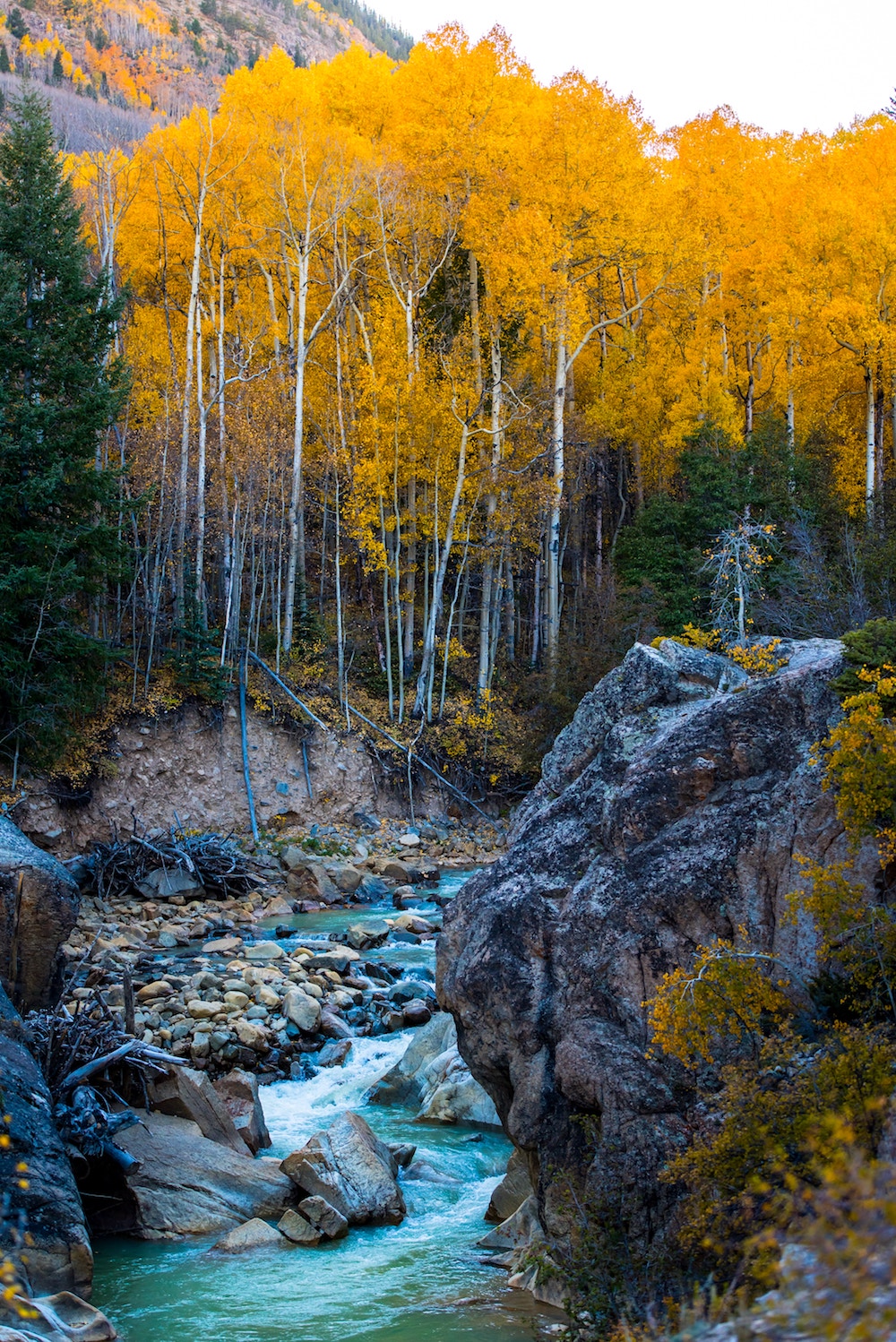
It’s Colorado, and it’s the high country. Imagine every bit of the grandeur of towering peaks being painted over in brush strokes of orange and gold, colors of the aspen trees preparing for winter. The colors appear more striking against the solid-green backdrop of the evergreen forests and the stark whiteness of early snowfall. This year, drought conditions triggered an earlier change in colors in the higher elevations, but there is still plenty of time to catch them in the lower valleys.
The Peak to Peak Highway is a great place to catch the color changes. From Denver, take Highway 36 north towards Estes Park. From there, taking Highway 7 south will take you through open, winding mountain roads that curve around amazing vistas. Keep an eye out for the numerous turnoffs to local attractions, hiking trails, campgrounds, and more. At the fork, continue south of Highway 72 onward to Nederland. Once here, check out the town’s historic carousel for a bit of nostalgia.
Route 66 through Flagstaff
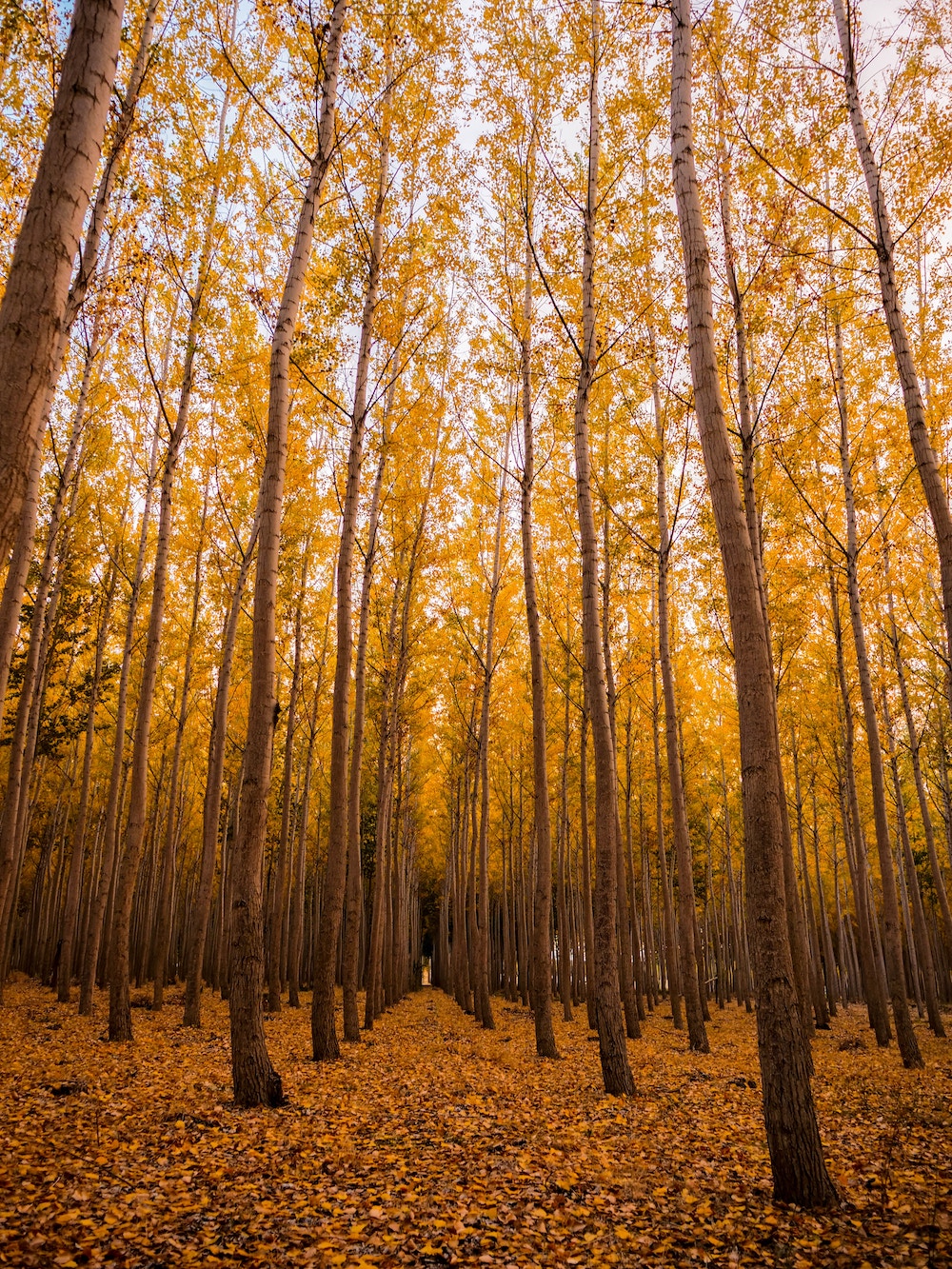
An iconic highway framed by curtains of autumn gold—what’s not to love? Make sure to keep an eye on the LEAFometer before heading out to see where the leaves are at their best. While there is sure to be plenty of fall sights near the edge of Flagstaff, it’s worth getting out to the Arizona Snowbowl for a day before the seasonal snows give the area a wintery flair.
Further out of town, it’s worth visiting the Coconino National Forest area for an array of foliage-spotting opportunities, hiking trails and campsites. Visiting the nearby Mormon Lake or Lake Mary yields plenty of camping opportunities with great views of the turning trees.
Oak Creek Canyon near Sedona
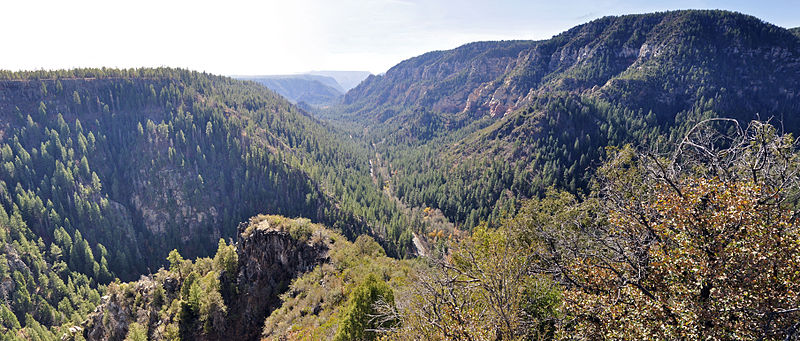 Heading out of Flagstaff toward Sedona, only an hour or so of a drive, turn off the Interstate and on to Highway 89 to make your way to the Oak Creek Vista point. It may be a little busy this time of year, and for good reason. The views over the canyons are breathtaking and loaded with photo opportunities.
Heading out of Flagstaff toward Sedona, only an hour or so of a drive, turn off the Interstate and on to Highway 89 to make your way to the Oak Creek Vista point. It may be a little busy this time of year, and for good reason. The views over the canyons are breathtaking and loaded with photo opportunities.
Moving on from there, and given that it isn’t too chilly just yet, it may be worth your time to stop at Slide Rock State Park. The sandstone is more prominent here than the fall foliage, and getting in the water among the slippery sandstone is a great way to relax after a day of driving through winding canyons.
Zion National Park
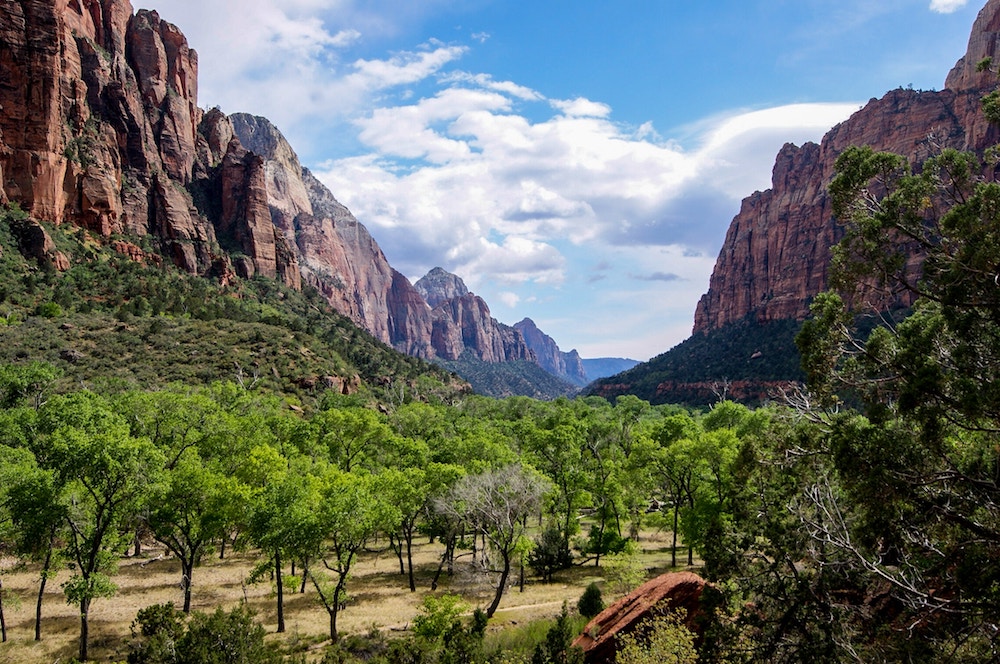
Of course, there are thousands of spectacular reasons to go sightseeing in Zion National Park. Autumn is no different. For something the whole family can enjoy, take a stroll along the Timber Creek Overlook Trail, which will guide you through the Kolob Canyons. Located in the northwest end of the park, just off I-15, this tends to be one of the less-frequently visited areas.
While there’s not an abundance of camping in the area, the park entrance is a quick 15-minute drive from the amenities available in St. George, Utah.
Bryce Canyon
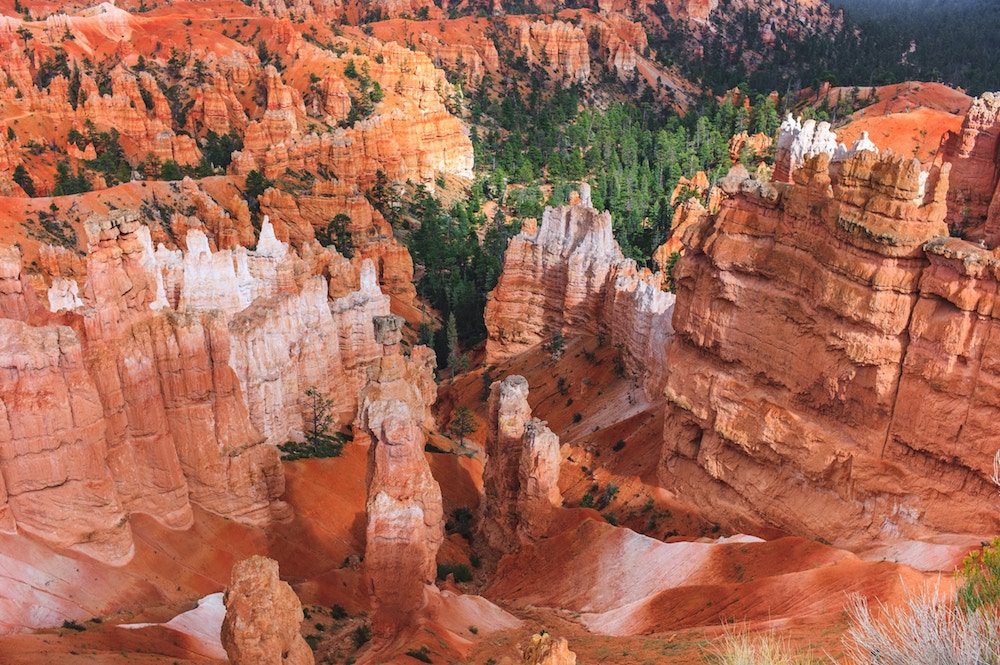
Located in the Grand Staircase-Escalante National Park, Bryce Canyon is one of the country’s most beautiful geological treasures. From mid-September to early-October, the remoteness of Utah’s high country turns bright red and orange as the desert winter prepares to set in. It is highly recommended that you take this country in via Scenic Byway 12—dubbed “Utah’s All-American Road” that runs from Salina, Utah at I-70 and connects with US 89 near Panguitch. Keep in mind that this is a very remote part of the country. Come prepared for anything, including the once-in-a-lifetime views.

